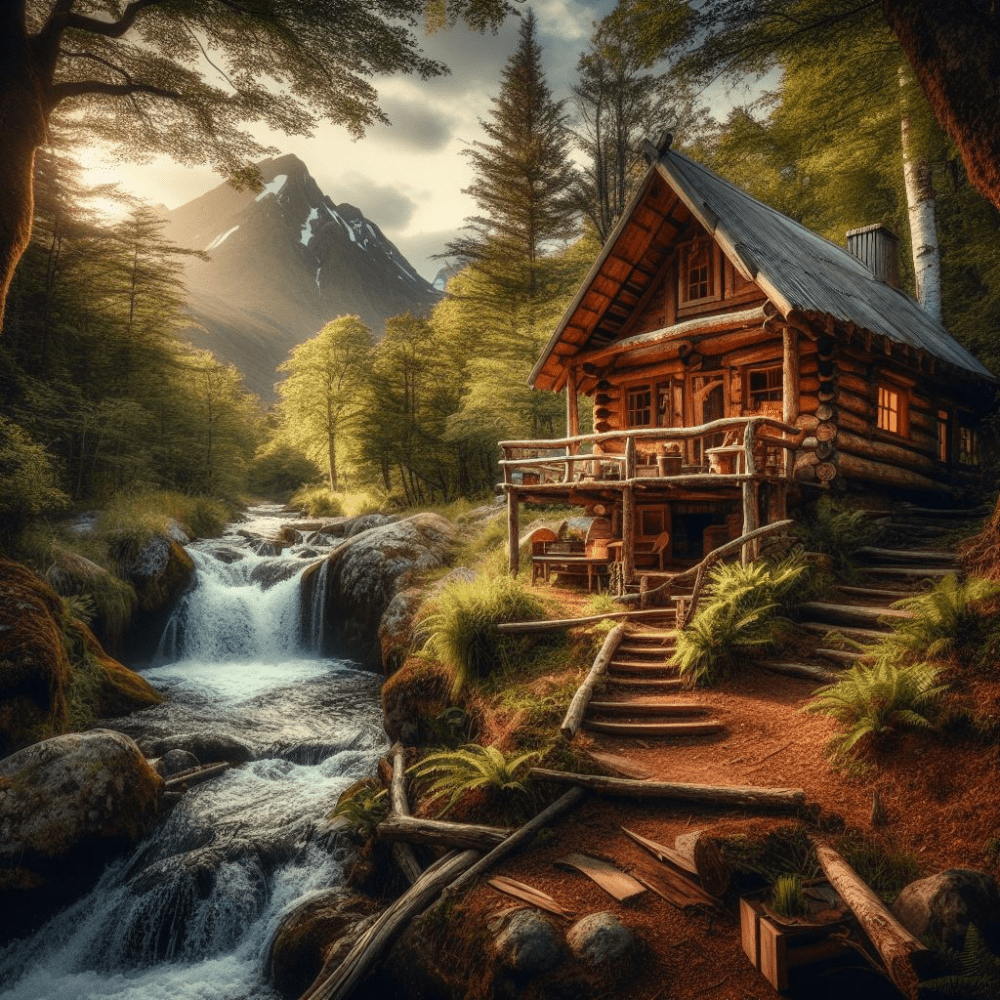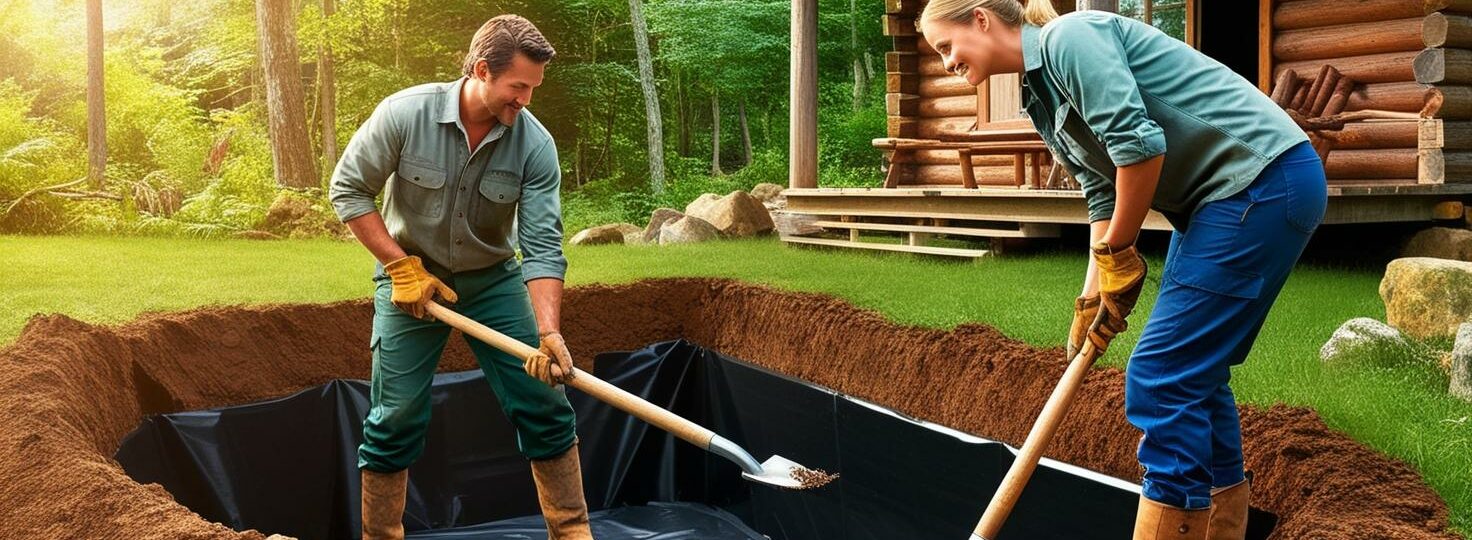Start by assessing your current backyard environment. Understand what you already have and what you’re working with. Check the soil type, light levels, and existing plants. Take note of any nearby water sources or structures that might influence your habitat. This is the groundwork that’ll help you develop a realistic and effective plan.
Identify native plant species and their benefits. Native plants are the backbone of a thriving wildlife habitat. They provide food, shelter, and nesting materials for local wildlife. Research plants native to your area and choose a variety to support a diverse range of species. Remember that what grows well in your location naturally attracts and sustains local critters.
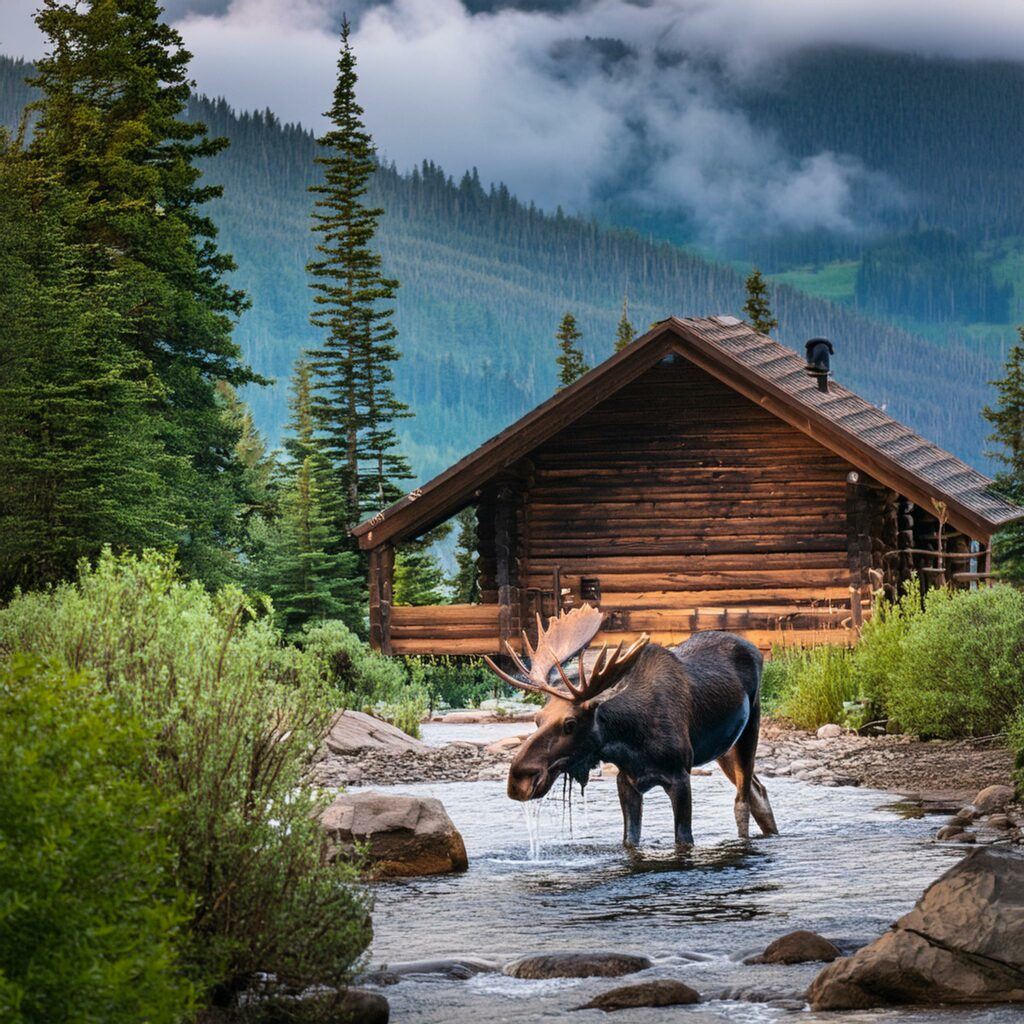
Map out habitat zones for different wildlife. Think of this as creating a neighborhood in your backyard with different ‘homes’ for different animals. Maybe a pond for frogs and turtles, shrubs and bushes for birds, or a sunny patch for butterflies. Plan where each zone will go to maximize the space and make it as inviting as possible for various creatures.
Balance beauty and functionality in your design. Having a wildlife habitat doesn’t mean sacrificing aesthetics. You can create an inviting, visually pleasing garden that also serves a practical purpose for wildlife. Use natural materials like stones, logs, and native plants arranged thoughtfully to create a harmonious blend of form and function.
Essential Elements: Creating a Welcoming Habitat
Ensure reliable water sources for wildlife. Animals need water just as much as humans do, so a dependable water source is key. Set up bird baths, small ponds, or even just shallow dishes of water placed around your garden. Keep them clean and ice-free in winter to provide a year-round resource.
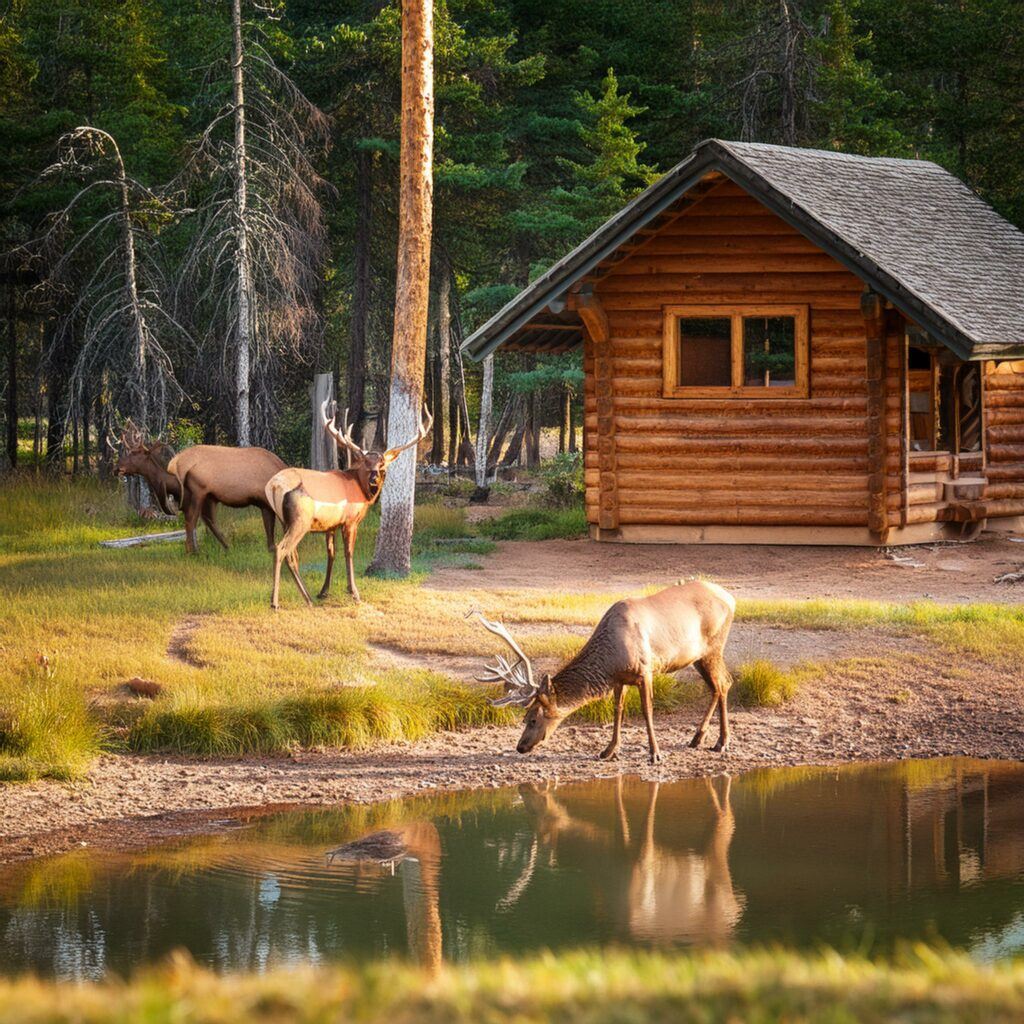
Incorporate food sources with a variety of plants, feeders, and more. Native plants will naturally provide seeds, berries, and nectar that local animals crave. Supplement this with bird feeders, hummingbird feeders, and even fruit for critters like squirrels. Offering a mix of food options can attract a wider range of species.

Provide shelter and nesting spots for various species. Think beyond the classic birdhouse. Brush piles, rock piles, and dense shrubbery can serve as excellent cover and nesting spots for a variety of wildlife. Bat boxes and bee hotels can also invite more diverse residents to your garden.
Understand the role of natural predators in a healthy ecosystem. While it might be unsettling, predators are essential for maintaining a balanced ecosystem. They help control populations of other animals, ensuring no single species overwhelms the habitat. Allow natural predation to take its course while providing plenty of escape routes and hiding spots for your garden visitors.
Maintaining and Enhancing Your Wildlife Habitat
Seasonal maintenance tips for healthy habitats. Each season brings its own set of tasks to keep your garden thriving. In the spring, focus on planting and pruning. Summer requires regular watering and keeping an eye on pests. During fall, clean up fallen leaves and prepare plants for winter. In winter, ensure water sources remain unfrozen and provide additional food as natural resources become scarce.
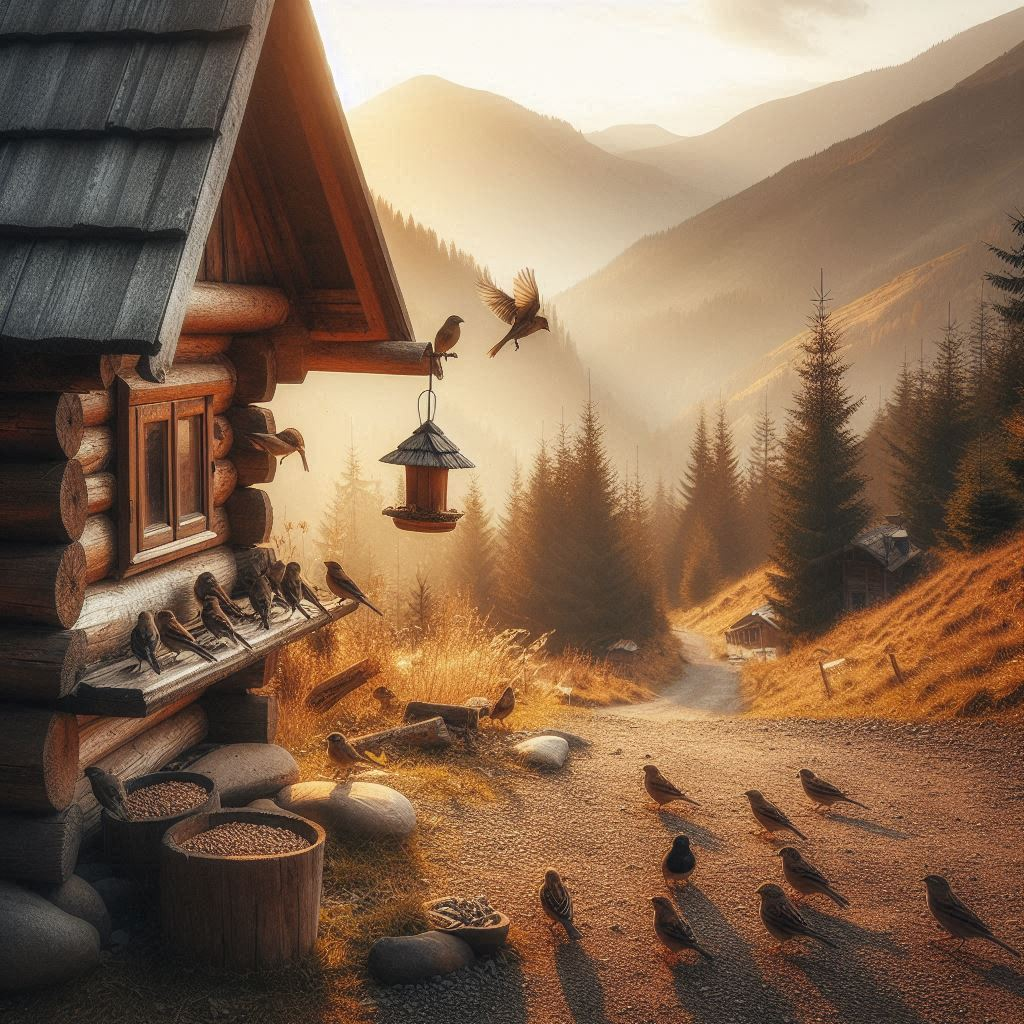
Addressing invasive species and their impacts. Invasive plants and animals can wreak havoc on your habitat. Regularly check your garden for non-native species and remove them promptly. Use methods that don’t harm the local ecosystem, like hand-pulling weeds or using eco-friendly treatments.
Monitoring wildlife and tracking changes over time. Keeping an eye on who visits your garden helps you understand the effectiveness of your habitat. Note the species you see, their numbers, and any changes in behavior. This info is invaluable for making informed adjustments to your garden plan.
I truly love to view the birds in our backyard. This is why I was so excited to share with you the website below that has the most amazing selection of bird feeders and squirrel feeders I have ever come across. And their prices are pretty amazing too. Click on the banner below and see for yourself!
Continuously educating yourself and updating your habitat. Stay curious! Read up on best practices, attend local workshops, or join online forums. The more you know, the better you’ll be at making your habitat a haven for wildlife. The natural world is always evolving, and your garden should, too.
Community and Conservation: Expanding Your Impact
Connect with local conservation groups and initiatives. Get involved with organizations dedicated to preserving local wildlife and natural habitats. Volunteering your time and sharing your garden’s progress can amplify your efforts and provide you with valuable resources and support.
Host educational tours and workshops. Open your garden to the community and share your experience. Hosting tours or workshops can inspire others to start their own wildlife habitats. It’s a great way to spread awareness and enthusiasm for conservation.
Encourage neighbors to create their own wildlife habitats. Imagine the impact if every yard in your neighborhood became a mini wildlife sanctuary. Share tips, exchange plants, and collaborate with neighbors to create a connected corridor for animals to safely travel and thrive.
Advocate for local wildlife protection policies. Use your voice to support policies that protect natural environments and wildlife. Attend local council meetings, write to officials, and participate in community planning. Your advocacy can lead to broader changes that benefit the entire ecosystem.
